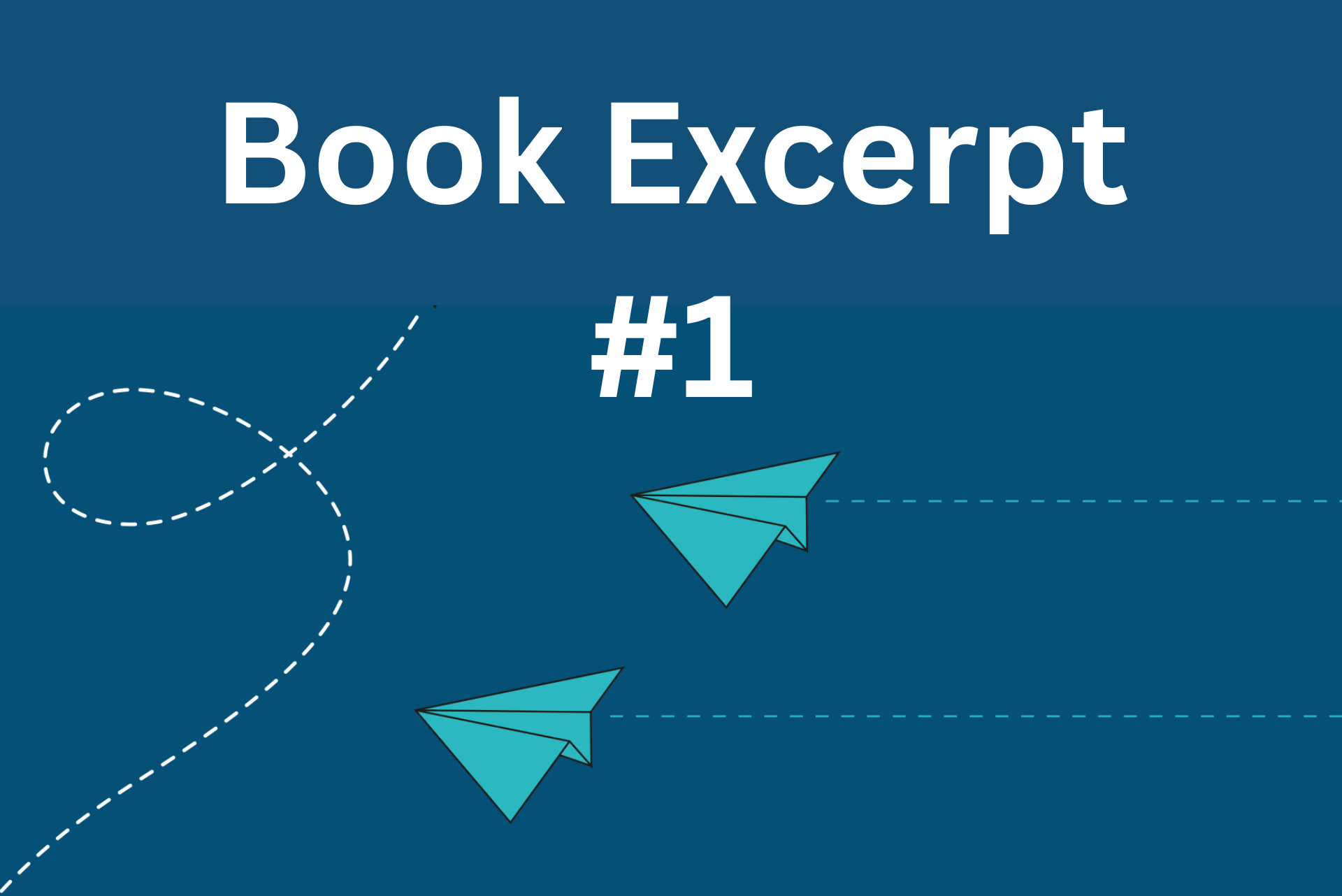Ms. Bradbury’s Classroom
By Jodi Asbell-Clarke
The following is an excerpt from the book Reaching and Teaching Neurodivergent Learners: Strategies for Embracing Uniquely Talented Problem Solvers, by Jodi Asbell-Clarke, Senior Scientist at TERC, published November 14, 2023 by Routledge Taylor & Francis Group.
Because of my background in astronomy, I am often asked to visit local K–12 classrooms. In 2014, I got such an invitation from a science teacher at a small school in Halifax. Hillside is a small junior high-school (about 135 students in grades 7–9) in a part of Halifax known for older apartment buildings, modest homes, and a large public housing sector. The neighborhood has deep roots, with many families living there over multiple generations. With an interesting and rich history, I figured that my invitation to visit Hillside would offer a valuable learning experience. I was not disappointed.
Ms. Bradbury’s students came to school each morning with a diverse set of physical, cognitive, social, and emotional situations. Some of them had highly involved and/or highly educated parents. Others were in “the system” of foster care and/or shelters. Some had parents in jail. More than a few had witnessed chronic and/or acute violence near or in their homes. Some had just arrived in a new country, sometimes escaping a traumatizing war, and having to learn a new language and customs while their families tried to make ends meet. Some of the students had diagnoses of autism, ADD, dyslexia, or a combination. Some exhibited similar indicators of neurodivergence but had no diagnosis at all.
I feel extremely fortunate to have had such a unique opportunity to learn from such a passionate and brilliant teacher, and the Hillside community. To write this book, I also conducted nearly 100 interviews with neurodivergent learners and STEM professionals and their families, friends, and employers. In telling their stories, I have changed many of the names and, in some cases, synthesized details from several individuals into composite characters to retain confidentiality.
I hope this series of stories will begin to reveal the unique talents of neurodivergent learners in STEM. To understand more about neurodiversity and strategies to nurture STEM problem solving in inclusive classrooms, please read on and see the book.
The next post in this series will talk about Caleb, one of the first students I met at Hillside, who had a brilliant understanding of hot air balloons, but didn’t get the chance to express his knowledge due to classroom limitations. My observation of Caleb’s experience led to a positive and ongoing conversation with Ms. Bradbury about encouraging neurodivergent learners in the classroom.
The following is an excerpt from the book Reaching and Teaching Neurodivergent Learners: Strategies for Embracing Uniquely Talented Problem Solvers, by Jodi Asbell-Clarke, Senior Scientist at TERC, published November 14, 2023 by Routledge Taylor & Francis Group.
Because of my background in astronomy, I am often asked to visit local K–12 classrooms. In 2014, I got such an invitation from a science teacher at a small school in Halifax. Hillside is a small junior high-school (about 135 students in grades 7–9) in a part of Halifax known for older apartment buildings, modest homes, and a large public housing sector. The neighborhood has deep roots, with many families living there over multiple generations. With an interesting and rich history, I figured that my invitation to visit Hillside would offer a valuable learning experience. I was not disappointed.
Ms. Bradbury’s students came to school each morning with a diverse set of physical, cognitive, social, and emotional situations. Some of them had highly involved and/or highly educated parents. Others were in “the system” of foster care and/or shelters. Some had parents in jail. More than a few had witnessed chronic and/or acute violence near or in their homes. Some had just arrived in a new country, sometimes escaping a traumatizing war, and having to learn a new language and customs while their families tried to make ends meet. Some of the students had diagnoses of autism, ADD, dyslexia, or a combination. Some exhibited similar indicators of neurodivergence but had no diagnosis at all.
I feel extremely fortunate to have had such a unique opportunity to learn from such a passionate and brilliant teacher, and the Hillside community. To write this book, I also conducted nearly 100 interviews with neurodivergent learners and STEM professionals and their families, friends, and employers. In telling their stories, I have changed many of the names and, in some cases, synthesized details from several individuals into composite characters to retain confidentiality.
I hope this series of stories will begin to reveal the unique talents of neurodivergent learners in STEM. To understand more about neurodiversity and strategies to nurture STEM problem solving in inclusive classrooms, please read on and see the book.
The next post in this series will talk about Caleb, one of the first students I met at Hillside, who had a brilliant understanding of hot air balloons, but didn’t get the chance to express his knowledge due to classroom limitations. My observation of Caleb’s experience led to a positive and ongoing conversation with Ms. Bradbury about encouraging neurodivergent learners in the classroom.

2/1/24
AuthorJodi Asbell-Clarke leads the EdGE at TERC team, a research and development group exploring the intersection of STEM and neurodiversity. Her academic background includes an MA in Math, an MSc in Astrophysics and a PhD in Education.
SummaryThis is the first blog post in a series of excerpts from Jodi Asbell Clarke’s book, Reaching and Teaching Neurodivergent Learners: Strategies for Embracing Uniquely Talented Problem Solvers. It introduces Jodi’s experience meeting neurodivergent learners in Ms. Bradbury’s classroom.
More Posts in This SeriesBook Excerpt #2 – Caleb’s Story
Share This Page: